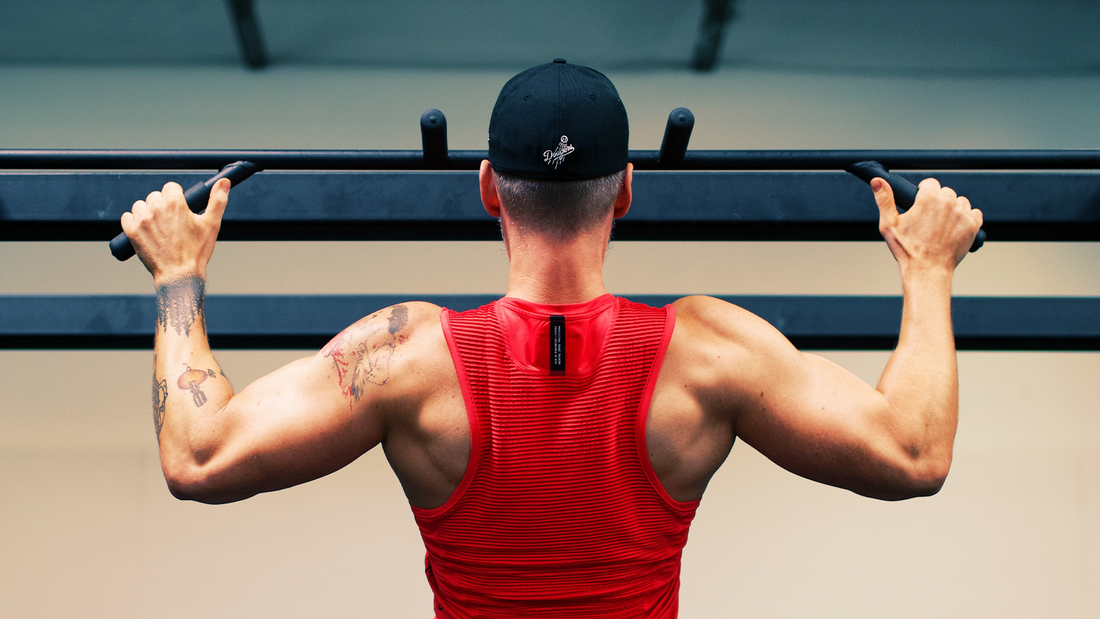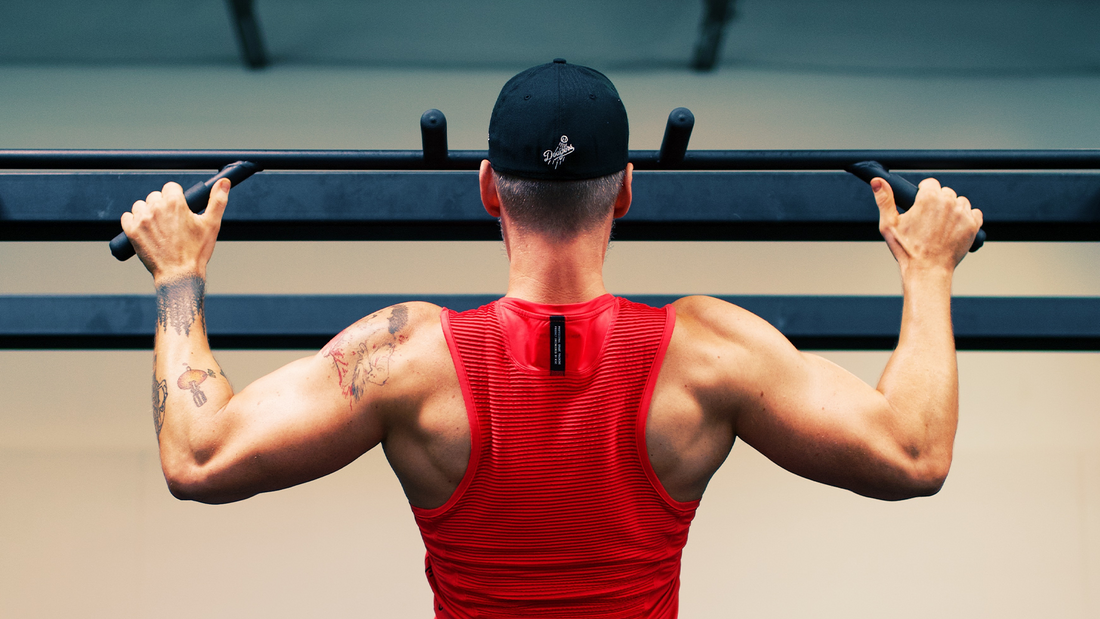

4 Different Types of Pull-ups and Muscles They Work
Pull-ups are a powerful tool in your upper-body workout routine. This seemingly simple exercise is a compound upper-body muscle builder. Although pull-ups have been part of workout routines for decades, many people are ill-informed about the different types of pull-ups and muscles they work to bring results.
Understanding the various types of pull-ups helps you tailor your workouts to target the muscle groups that fit your plans. ZOZOFIT takes a look below.
What Are Some Different Types of Pull-Ups and Muscles They Work?
If you want to incorporate pull-ups into your daily gym schedule, understanding the different styles not only lets you switch up the muscles you target but also helps prevent boredom.
1. Traditional Style
The traditional pull-up style has your hands placed shoulder-width apart on the bar. Grasp the bar with a forward grip so your palms face away from your body. This style targets your biceps and lats, helping you build a strong, wide upper body and back.
2. Supine Grip
Turning your hands around into a “chin-up” style pull-up still works both your lats and your biceps, but the focus with this exercise is more toward your biceps than your lats. Turning your hands around alters the way that your muscles engage, putting more of the burden on your biceps instead of your upper back.

Using a Supine Grip while doing pull-ups is a great way to mix up which upper body muscles you are working out.
3. Close Grip
Many pull-ups start with your hands placed shoulder-width apart, which distributes your body weight in a more balanced manner. Shift your hands closer together so they rest a little less than shoulder-width apart to transform your pull-up into a more targeted, focused movement. The close-grip pull-up is more challenging to complete, but you get the best benefit when you control your movement up and down, so avoid swinging your body back down in your release.
4. Mixed Grip
Mixed grip pull-ups combine the traditional and supine grip to broaden your muscle targets for your pull-ups. You can alternate the direction of each hand so that both sides get equal benefits from each grip. If you are looking for ways to switch up your pull-ups and avoid boredom, this offers a great opportunity.
How Do You Capitalize on Different Types of Pull-Ups?
The best way to take advantage of different types of pull-ups is to change your routine regularly. The variety not only keeps you from getting bored and eliminates that feeling of repetition but also helps you target various muscles. That gives you greater benefit from the process.
Can You Track the Progress of Different Types of Pull-Ups and Muscles They Work?
The results you get from incorporating different pull-up styles in your workout plan might surprise you. To monitor the results of different types of pull-ups and muscles they work, check out ZOZOFIT’s real-time monitoring. You can see the changes in your measurements and the results of your workouts any time.
The more progress you see, the better motivated you may feel to keep up with your workouts and hit your targets. Check out the ZOZOFIT app today to see how our 3D body scanning app can help you manage your gains, body composition, and more.

![zf-w-[168px] zf-h-[40px]](http://zozofit.com/cdn/shop/t/15/assets/logo-desktop.png?v=117713855448369080381753069598)




